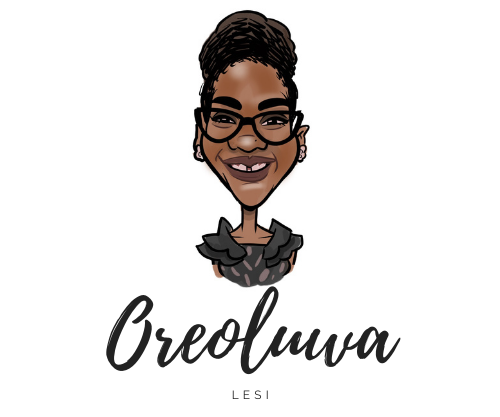
Graduates of the She Creates Camp – Lagos, Nigeria
I recently read this article on the Skoll website about traditional philanthropy’s obsession with scale and how this frequently marginalises African-led organisations. It resonated with me on so many levels. As a nonprofit founder, who routinely speaks to potential funders and partners, one of the first questions, I am asked is “How many people have you reached?”
As an organisation that is focused primarily on technology training for girls and young women, we recognise that there is a delicate balance between depth and breadth in training. The gains you make in recording higher numbers of participants frequently means sacrificing quality of training. And as anyone who has worked with younger populations, a lower student-teacher ratio is ideal.
At the Women’s Technology Empowerment Centre – W.TEC, we constantly struggle with the reality that many funders prefer high numbers. Millions of participants is rated higher than thousands. Thousands are rated higher than hundreds.
So what is a nonprofit or social enterprise to do?
With one particular funder, we were informed that for the same project, another organisation was reaching multiples of the target number we were proposing (I was frankly confused about how they intended to reach such stratospheric numbers). We danced back and forth and ended-up increasing our target beyond our comfort zone, but which was still much lower than the other grantees.
In the end, we pushed ourselves and exceeded the target, but I felt that the training was not as deep as it could have been.
The funny thing was that we were commended for a job well done and a much better performance than the other organisations.
So I realised several things from this experience:
- Know your programme well and be realistic about the numbers that you can truly deliver
- Once you are clear about your comfortable number, push it a little bit. This encourages you to stretch in creative ways.
- Recognise the full range of impact that you programme brings beyond numbers. A programme may not reach millions of people directly, but may significantly change the lives of 100 people.
- Document your impact in a myriad of ways from tracking the numbers, to capturing testimonials to writing case studies to photos. This showcases the people behind the numbers – whether high or low.
- Know that not every funder is for organisation. Some funders don’t get out of bed for less than a million beneficiaries. Some others are more flexible. Be prepared to find funders that appreciate the work you are doing and will consider supporting you where you are.
- Find ways to generate income so that your organisation isn’t wholly reliant on grants and donations.
The ideal way forward is for giving organisations to recognise that impact can be measured in a variety of ways and numbers is just one way. It’s the easiest way, but often, not the most meaningful way. However, this change might be a long time coming, especially in the evolving philanthropy space where many donors are putting in place more stringent conditions to grantees than before.
It can be very stressful when there is non-alignment between a funder and a grantee. Trust me. So don’t make promises that you can’t fulfill and ensure that there is some harmony of values.
As an organisation, it’s important to celebrate your achievements, which is something social sector organisations rarely do, in large part due to the prevailing culture of “bigger and better trumps small and modest” and because no matter how much you do, there is still so much left to do. And be true to yourself and don’t be pressured to scale beyond your vision. If your goal is to only serve a small number of people in a specific community only, that’s valid.

Recent Comments